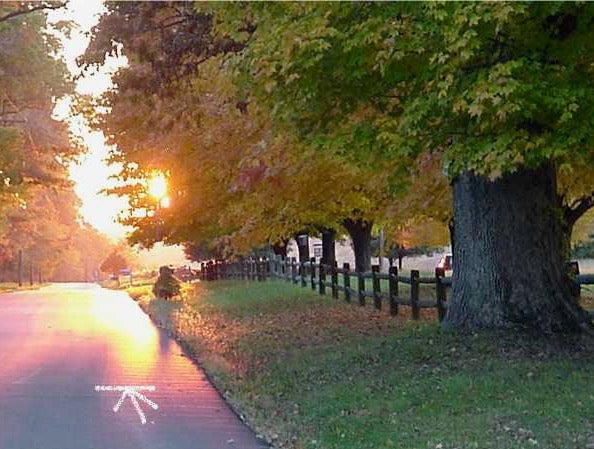Dear friends & colleagues -
Thank you from the bottom of our hearts for the honor & pleasure of working with you for these past many years!
You can now find all the Benchmark products at
Benchmark at Ely
~ David & Mair La Touche

After a gratifying career marked by glorious artifacts and wonderful colleagues, Mair & David are ready to retire. The Catalog continues under the able stewardship of Ely, Inc. in Upper Marlboro, Maryland.
Their website is Benchmark at Ely where you can shop for all your favorite Benchmark products.
We know you'll extend to the folks at Ely the kindness and good will you've shown to us over the decades.
With all our thanks…